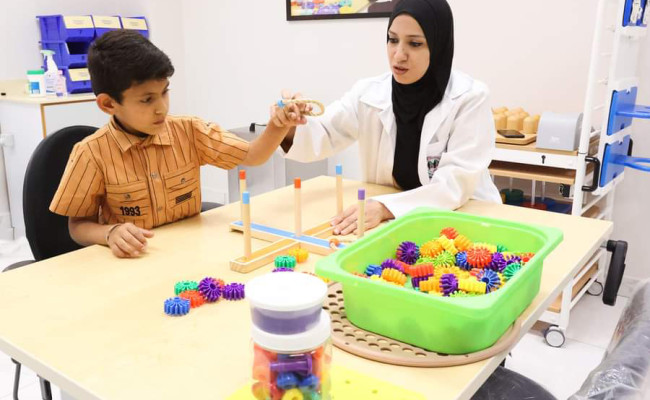Background: Niemann–Pick disease type C (NPC) is an autosomal recessive, neurodegenerative disease caused by
mutations in either the NPC1 or NPC2 genes. Mutations in these genes are associated with abnormal endosomal–lysosomal trafcking, resulting in the accumulation of tissue-specifc lipids in lysosomes.
Methods: We described sixteen patients with NPC diagnosed between the age of 1 month and 30 years at two tertiary care centers in Palestine. The clinical phenotype, brain magnetic resonance imaging (MRI), and molecular genetic
analysis data were reviewed.
Results: The diagnosis was confrmed by molecular analysis in all patients. Fourteen out of sixteen patients were
homozygous for the NPC1 p.G992W variant. Among them, most were categorized as having the late-infantile neurological form of disease onset. They predominantly manifested with early-onset visceral manifestations in the form of
hepatosplenomegaly and prolonged neonatal jaundice, and late-onset neuropsychiatric manifestations in the form of
vertical supranuclear gaze palsy (VSGP), ataxia, cognitive impairment and seizures. Brain MRI in 6 patients was normal
in 5 or consistent with cerebellar hemisphere atrophy in 1 of them. Two other mutations were identifed in the NPC1
gene, of which p.V845Cfs*24 was novel.
Conclusions: Our results revealed phenotypic heterogeneity of NPC even within the same genotype, and add to the
increasingly recognized evidence that cholestatic jaundice and hepatosplenomegaly during infancy, should alert the
physician for the possibility of NPC. We reported a novel mutation in the NPC1 gene further expanding its genotype.
Keywords: NPC, Vertical supranuclear gaze palsy, Hepatosplenomegaly, Founder mutation
Authors
Imad Dweikat1*
Othman Thaher2
Abdulrahman Abosleem2
Almotazbellah Zeer2 and Ameer Abo Mokh2
Pages From
1
Pages To
8
ISSN
1755-8794
Journal Name
BMC medical Genomics
Volume
14
Issue
228
Keywords
NPC, Vertical supranuclear gaze palsy, Hepatosplenomegaly, Founder mutation
Abstract






